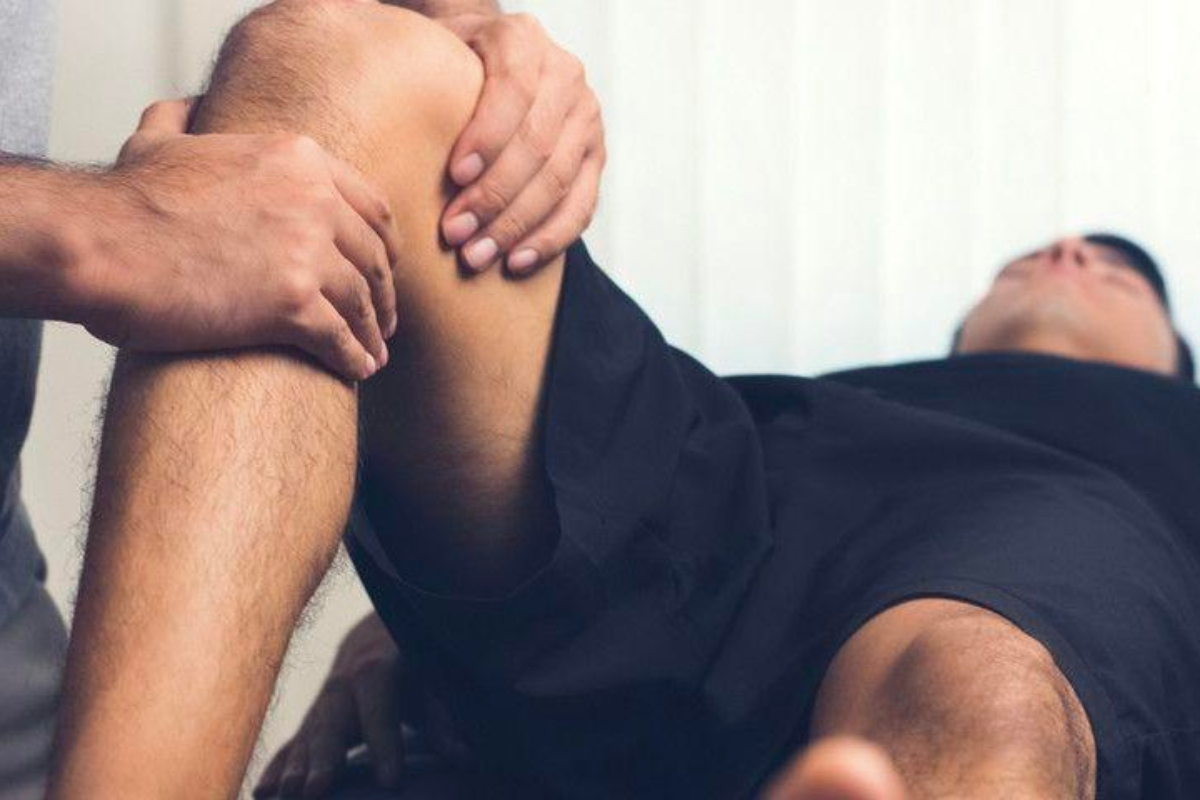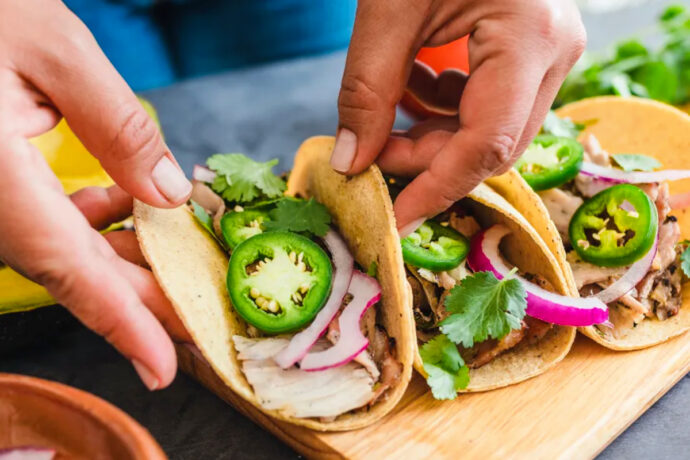
Our knees, those hardworking joints supporting the body’s weight and facilitating various movements, are indispensable to our daily activities. When these crucial joints encounter issues like locking, it can significantly impact mobility. This article delves into the intricacies of knee locking, exploring its types, causes, and viable treatment and prevention methods.
Understanding Locked Knees:
Knee locking manifests as difficulty in moving the knee, stemming from either the joint’s inability to move or muscle spasms hindering knee mobility. The primary indicator is the incapacity to move the knee, often accompanied by pain, depending on the cause.
Exploring Types of Knee Locking:
- Pseudo Knee Locking:
- Characterized by painful muscle spasms.
- Knee joint is not physically restrained but feels locked.
- Triggers may include various factors leading to muscle spasms.
- Treatment involves rest, ice, anti-inflammatory medications, and potential physical therapy.
- True Knee Locking:
- Results from injuries causing the knee to fully lock.
- May or may not be painful.
- The knee is immobile in this condition.
- Causes include meniscus tears and loose bodies in the knee joint.
- Treatment varies but may involve rest, ice, anti-inflammatories, and, in severe cases, surgery.
Identifying Causes of Knee Locking:
- Common Causes:
- Knee injuries like fractures and dislocations.
- Inflammatory conditions such as tendonitis and bursitis.
- Plica syndrome affecting the tissue around the knee joint.
- Patellar tracking disorder leading to improper kneecap movement.
- Specific Causes of True Locking:
- Meniscus Tears:
- Involves tears in the cartilage cushioning the shinbone and thighbone.
- Accompanied by pain, stiffness, and a popping sensation.
- Loose Bodies:
- Occurs when a piece of bone breaks off into the knee joint.
- Can interfere with joint motion, causing pain and sometimes palpable beneath the skin.
- Meniscus Tears:
Treatment Approaches:
- Pseudo Locking:
- Reduction of inflammation through rest, ice, and anti-inflammatory medications.
- Application of physical therapy for cases related to patellar tracking disorder or plica syndrome.
- Surgery is rare but may be required for fractures or dislocations.
- True Locking:
- Treatment parallels pseudo knee locking, involving rest, ice, and anti-inflammatories.
- Physical therapy recommended for meniscus tears.
- Surgery may be necessary for cases involving loose bodies, aiming to remove them and restore joint motion.
Preventing Knee Locking:
While preventing acute injuries like fractures and dislocations may be challenging, adopting these strategies can contribute to overall knee health:
- Take breaks during activities causing knee pain.
- Avoid activities causing knee pain whenever possible.
- Exercise caution on slippery surfaces.
- Build and maintain leg and core muscle strength.
- Prioritize flexibility in the lower body.
Experiencing knee locking warrants prompt medical attention, ensuring an accurate diagnosis and tailored treatment plan. While it may pose challenges, the treatability of knee locking, even in severe cases, allows individuals to continue leading fulfilling lives.



